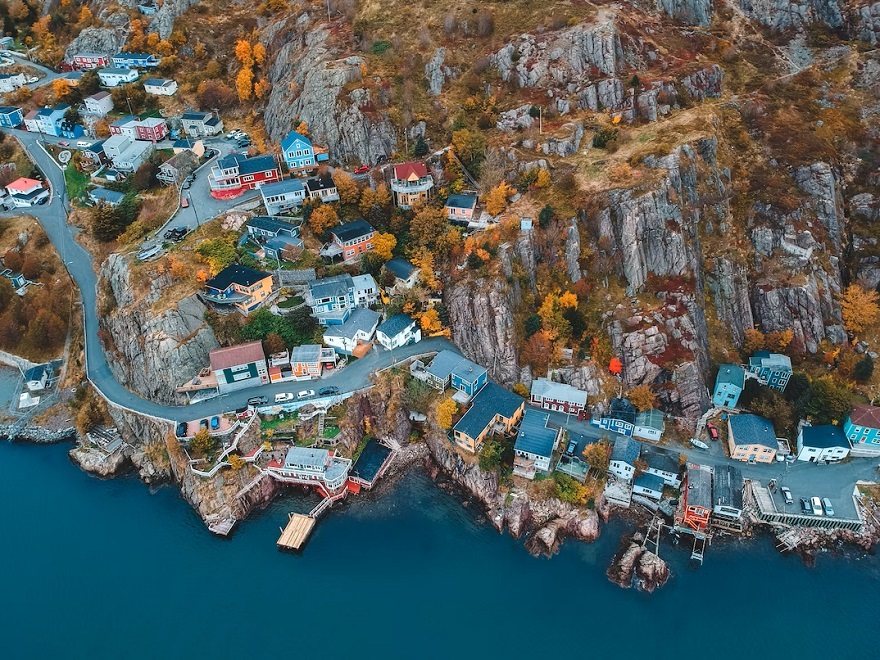Themes
Contact Us
Western Academy for Advanced ResearchWestern Interdisciplinary Research Building
Western University
London, Ontario
N6A 3K7
wafar@uwo.ca

Image by Erik Mclean
Climate Resilient Infrastructure and Buildings
Canada has a large and growing natural-disaster liability. Disaster liability is outpacing population growth due to pressing factors such as climate change, urban expansion, and larger buildings. Abundant options exist to reverse the trend efficiently; we have long known about stronger and stiffer buildings, noncombustible cladding, and higher-capacity wastewater systems. Unfortunately, many of these options have not been implemented. Why?
Our theme will examine obstacles hindering the adoption of adaptive infrastructure and find ways to overcome them. For instance, some communities and organizations have tired of waiting for model codes to provide resilient buildings and have acted to protect themselves, although some significant changes have stalled or regressed. Climate resilience requires interactions between all sectors, so we will draw upon inter-disciplinary perspectives to identify and untangle conflicts. Our theme will will flag competing stakeholder interests and offer the case for resilience and cooperation.

